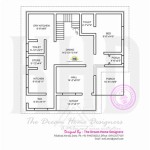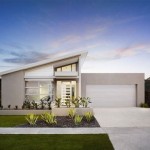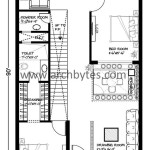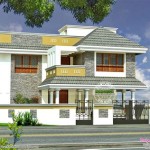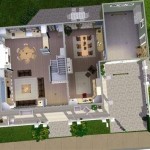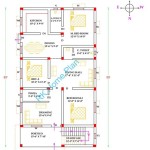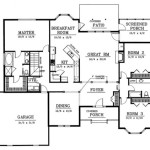Essential Aspects of 18th Century House Plans
The 18th century marked a significant period in architectural history, particularly in residential design. House plans from this era showcase a refined blend of practicality, elegance, and social aspirations, reflecting the evolving tastes and lifestyles of the time.
Symmetry and Order
18th century house plans are characterized by a strong emphasis on symmetry and order. The main entrance typically occupies the center of the facade, with windows arranged in a balanced manner on either side. The interior layout also adheres to this concept, with rooms arranged around a central axis or hallway.
Formal Rooms
One defining feature of 18th century house plans is the presence of formal rooms. These rooms, such as parlors, dining rooms, and drawing rooms, were designed for entertaining guests and displaying the wealth and status of the owner. They often featured elaborate moldings, fireplaces, and decorative elements.
Private Quarters
In contrast to the formal rooms, private quarters were reserved for the family's daily life. These rooms, including bedrooms, dressing rooms, and nurseries, were typically located on the upper floors of the house and were more intimate and functional in design.
Specialized Spaces
18th century house plans also included specialized spaces for specific purposes. These could range from libraries and music rooms to pantries and kitchens. The kitchen, in particular, became a more prominent part of the house, as cooking became a refined and celebrated art form.
Staircases
Staircases were an integral part of 18th century house plans, both functionally and aesthetically. The grand staircase, often located in the main entrance hall, served as a focal point and reflected the grandeur of the house. Smaller staircases were used to access the upper floors and provided privacy for the private quarters.
Exterior Design
The exterior design of 18th century houses reflected the architectural styles popular at the time. Georgian, Federal, and Regency styles were prevalent, each with its own distinct features. These styles emphasized classical elements such as pediments, pilasters, and columns, creating a sense of elegance and refinement.
Conclusion
18th century house plans offer a glimpse into the lifestyle and values of the period. Their emphasis on symmetry, formal rooms, private quarters, specialized spaces, and exterior design demonstrates the sophistication and aspirations of the time. These plans continue to inspire architects and homeowners today, shaping modern architectural trends and creating homes that embody timeless beauty and function.

William E Poole Designs Eighteenth Century House Inc

William E Poole Designs Eighteenth Century House Inc

18th Century English Palaces And Stately Homes From Vitruvius Britannicus Architecture Blueprints Architectural Floor Plans Drawing

Some Tips For Mapping Fictional Grand Houses Of The 18th Century Engine Oracles

New England Colonial House Plans Monster

18th Century English Palaces And Stately Homes From Vitruvius Britannicus Architecture Blueprints Architectural Floor Plans Model House Plan

File Powis House Anonymous 18th Century Edited Jpg Wikipedia

75 British Mansions 18th Century Ideas Mansion Architecture Plan

18th Century Colonial Home Designs Consultation

Examples Of Late 17th Century And Early Mid 18th Plans English Houses A College Riba Pix

